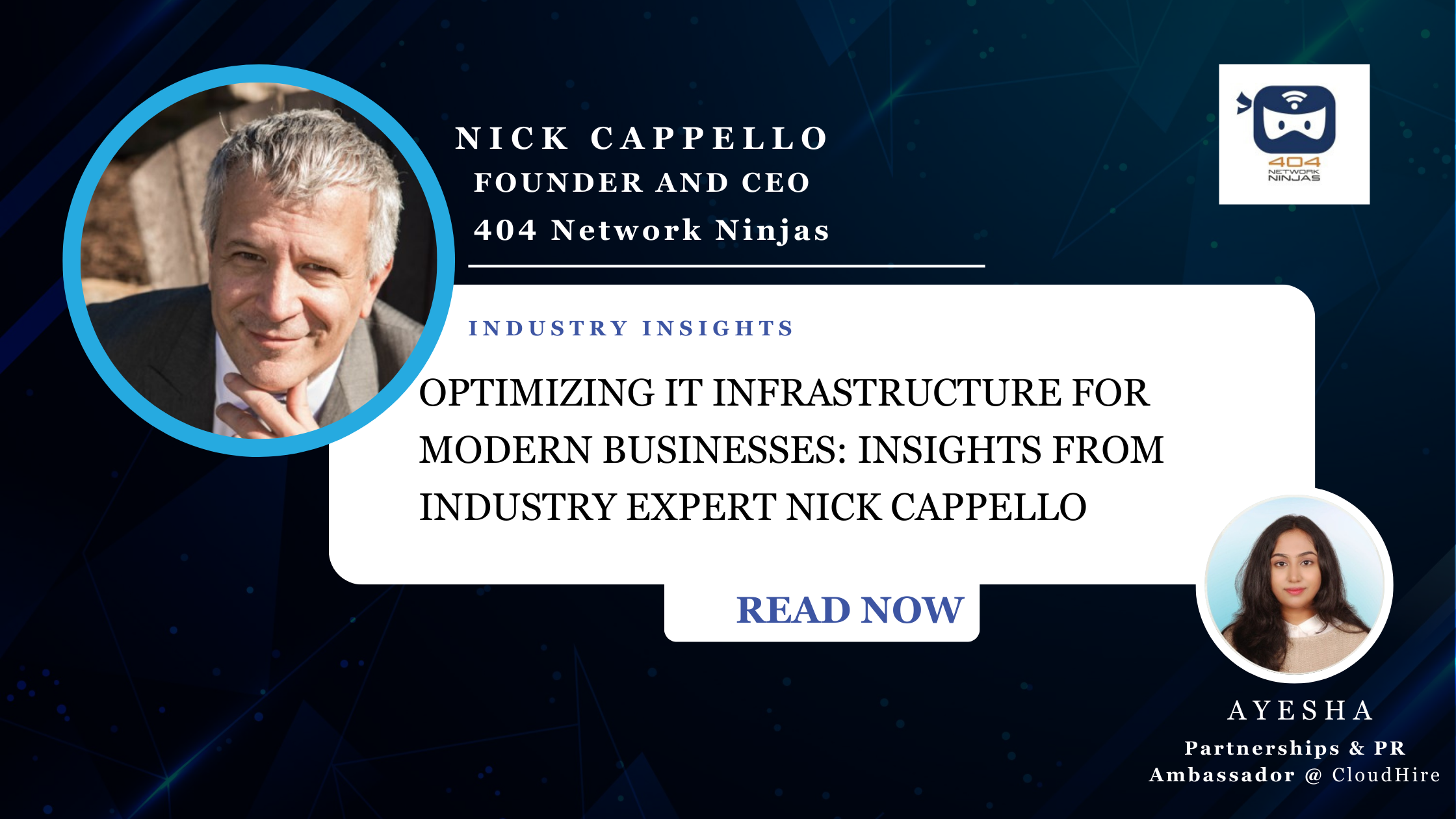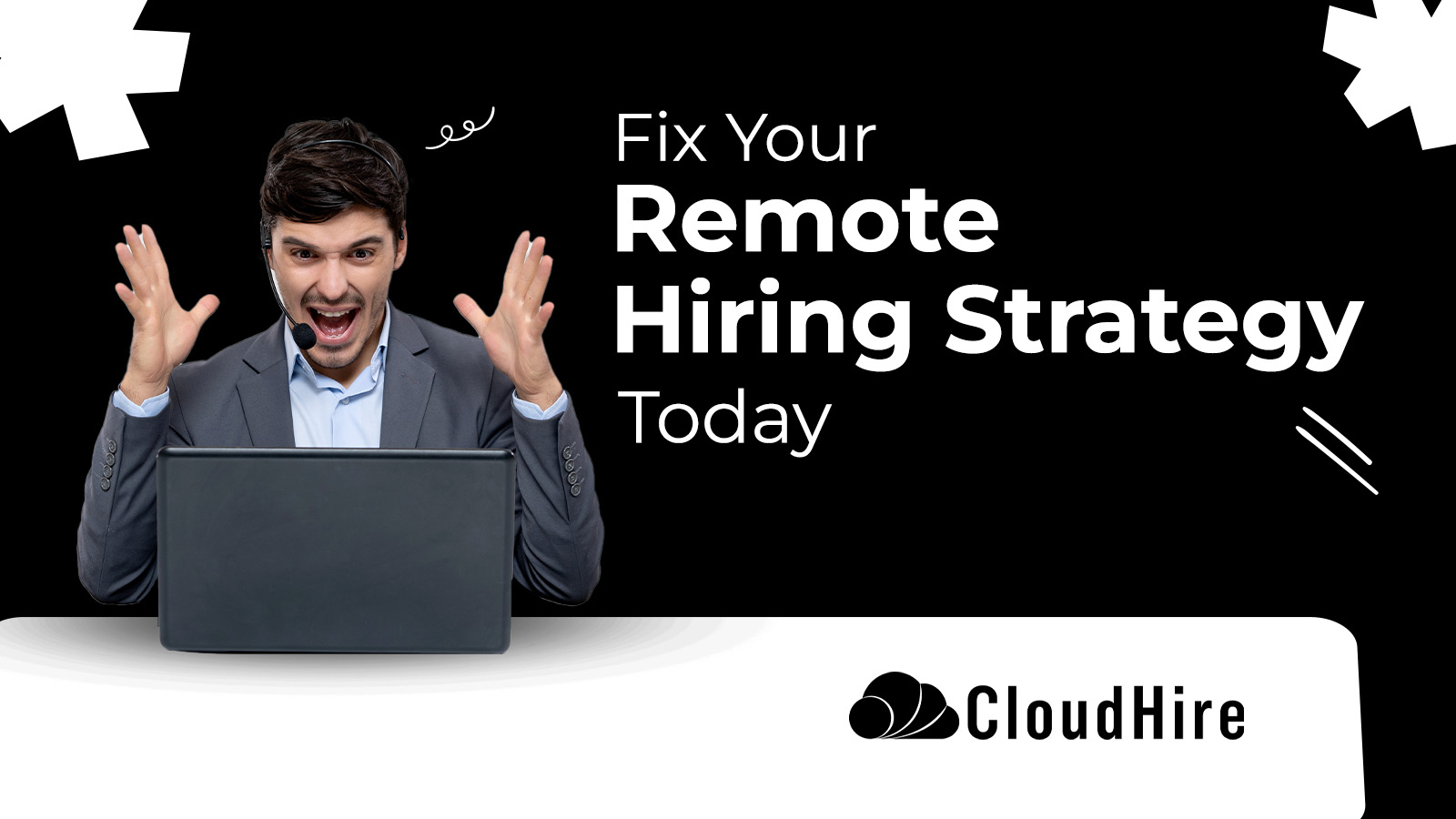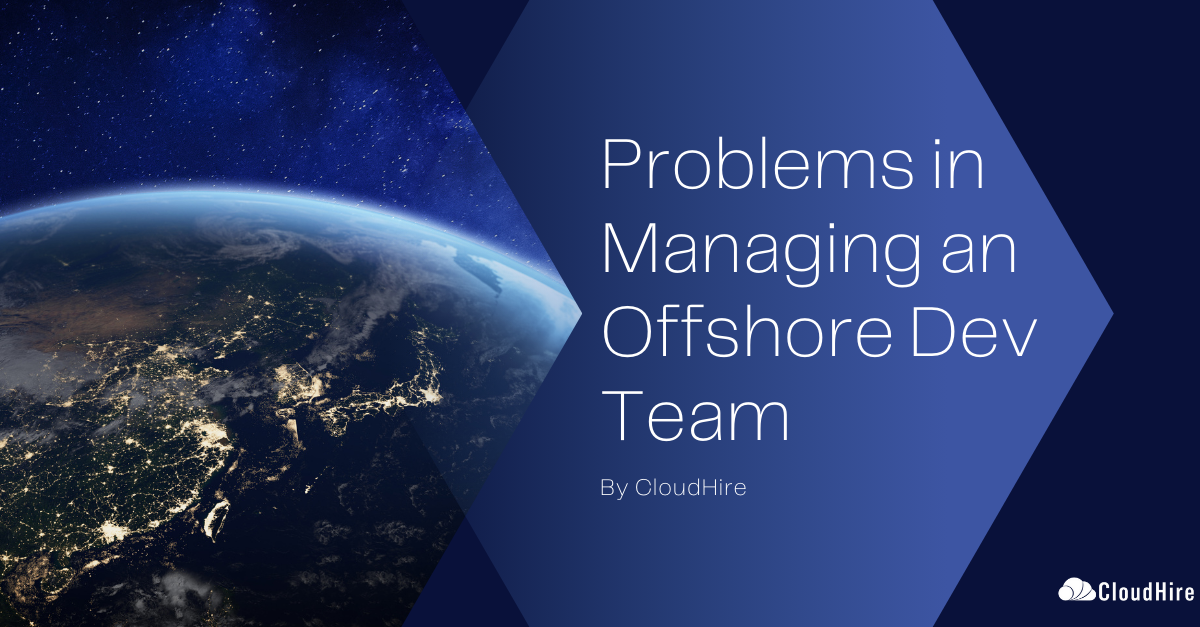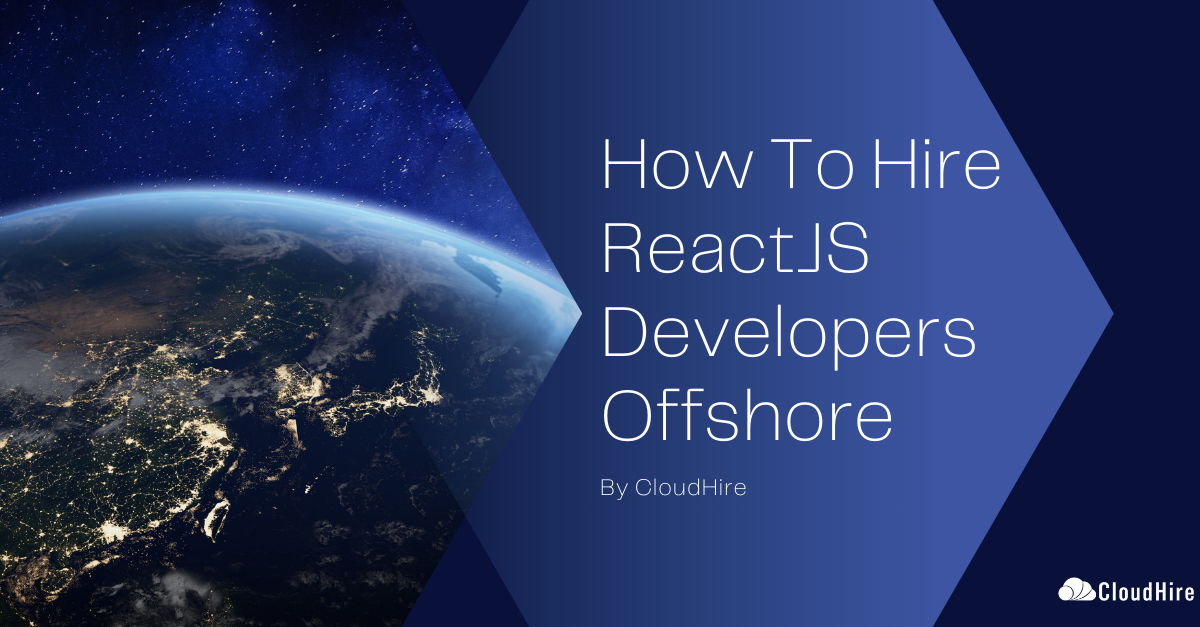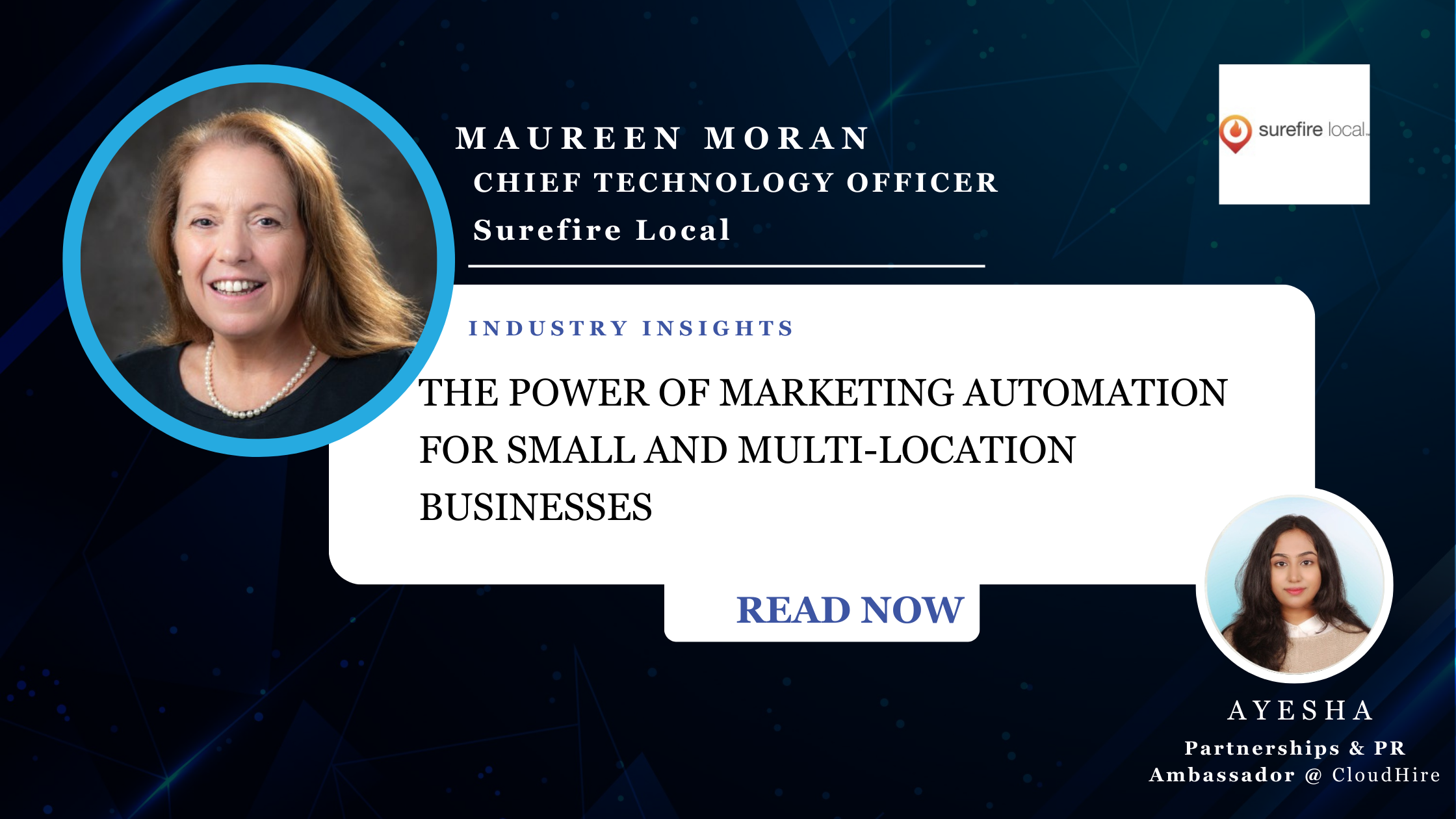In today’s dynamic work environment, rewards programs have evolved far beyond simple monetary compensation. They are now integral to an organization’s strategy for attracting, motivating, and retaining top talent. In an interview with Marta Turba, Vice President and Content Director at WorldatWork—a global organization that provides education and community support to elevate employee experiences—she explained the growing importance of a well-rounded rewards strategy. In this article, we will explore what total rewards entail, the challenges in delivering effective programs, and why organizations need to place more emphasis on building a robust rewards infrastructure.
What are Total Rewards?
At its core, Total Rewards is a strategic approach that encompasses all the investments a company makes in its workforce. According to Marta Turba, Total Rewards is more than just compensation; it’s a holistic framework comprising five components: Compensation, Benefits, Well-being, Recognition, and Careers. Companies need to craft a value proposition in each of these areas, tailoring them to meet diverse employee needs and business objectives.
Each element within Total Rewards serves a unique purpose:
– Compensation includes base pay and bonuses.
– Benefits cover healthcare, retirement, and other perks.
– Well-being focuses on the physical, emotional, and financial health of employees.
– Recognition highlights acknowledging employees’ contributions in a meaningful way.
– Careers emphasize opportunities for growth, learning, and long-term career development.
These pillars of Total Rewards not only aim to create a supportive and motivating environment but also help retain key talent by aligning employee satisfaction with organizational goals.
The Challenges of Delivering a Great Rewards Program
While rewards programs can yield significant benefits, designing and maintaining one is not without its challenges. Marta highlights that one of the biggest obstacles is keeping rewards aligned with external factors such as the labor market, economy, and technological advancements like AI. As organizations evolve, so too must their reward programs. Businesses grow, change, and pivot, and their rewards strategy needs to be dynamic enough to support those shifts.
Design complexity is another issue. An effective rewards plan must integrate business goals, organizational strategy, and workforce demands. As Marta puts it, rewards are very personal because work itself is personal. Employees expect tailored experiences that recognize their unique contributions, making it essential for rewards programs to be both flexible and adaptive.
Are Rewards Only About Monetary Compensation?
The short answer is no. While compensation is critical, how rewards are delivered and perceived can significantly impact their effectiveness. One key element Marta underscores is the importance of interaction between employees and managers. Frontline leaders play an essential role in bringing rewards to life through clear communication of goals and providing recognition where it’s due. This interaction humanizes the rewards system, showing employees that their loyalty and hard work are truly valued.
When rewards are only focused on monetary incentives, companies risk overlooking the power of recognition, personal growth opportunities, and overall employee well-being—factors that can foster long-term commitment and loyalty.
Developing a Structured Rewards Plan
Organizations that want to succeed in developing a meaningful rewards program need to adopt a well-defined philosophy. This philosophy acts as a guide for how rewards are determined and should be transparent not only to HR teams designing the program but also to company leaders tasked with reinforcing it.
Some companies may focus on pay-for-performance, but if that is the case, they must be able to clearly define and measure performance at both individual and organizational levels. The key is to align the rewards philosophy with the company’s mission and make it obvious to employees how their performance will be rewarded.
Who Are the Key Stakeholders?
Frontline leaders are the primary stakeholders in rewards programs. They are responsible for recruiting top talent, motivating their teams, and ensuring retention. Since they are directly accountable for bottom-line results, HR professionals need to view these leaders as their most important customers when designing rewards programs. By ensuring alignment between rewards and frontline goals, HR can create programs that meet both business and employee needs.
Factors That Make Reward Plans Vary
- Job Function: There is no one-size-fits-all approach to rewards. Different roles and teams within an organization will value different elements of a rewards program. For instance, employees in revenue-generating roles may benefit from heavy incentive plans due to their direct impact on the company’s bottom line. Meanwhile, employees in support roles might find value in other areas, such as career development or well-being programs.
- The types of individuals on your team: Leaders must consider the individual preferences of their team members. Not every employee will be motivated by the same rewards. Understanding what matters most to each team member requires open communication and a willingness to learn from them.
This is where the concept of Total Rewards Optimization comes into play.
Total Rewards Optimization: A Tailored Approach
Total Rewards Optimization allows organizations to fine-tune their investment in various reward components based on employee feedback. By understanding what motivates their workforce, businesses can better allocate resources to meet employee needs. For example, some teams may prioritize educational opportunities, while others may value wellness initiatives. With optimization, organizations can ensure their rewards are not just popular ideas but truly impactful on employee satisfaction and performance.
How AI is Shaping Rewards Programs
AI is playing an increasingly significant role in revolutionizing how companies develop and manage their rewards programs. From streamlining market analysis to improving customer service support, AI enables HR teams to work more strategically. By leveraging AI-driven tools, companies can gather deeper insights into workforce needs and design rewards programs that are data-informed and responsive.
For example, AI helps companies conduct faster market analysis, enabling HR to stay ahead of labor market trends. Chatbots and other automated tools are also transforming customer service by providing real-time support without the need for human intervention.
Why CloudHire Supports a Robust Rewards Strategy
As organizations grow and scale, they often require more specialized talent to manage and optimize complex programs like Total Rewards. That’s where CloudHire comes in. As a leading provider of global remote staffing solutions, CloudHire offers a range of services, including Talent Search, Employer of Record (EOR), and Remote Staffing, allowing businesses to scale their workforce quickly and efficiently. By tapping into a global talent pool, companies can hire skilled professionals to help design and implement comprehensive rewards strategies without the overhead of building an in-house team.
CloudHire’s expertise in remote staffing solutions ensures that companies can maintain flexibility while accessing top-tier talent, allowing them to stay agile and competitive in a fast-evolving market.
Conclusion
The role of rewards in an organization goes beyond just compensating employees; it’s about creating a well-rounded value proposition that fosters growth, satisfaction, and loyalty. As Marta Turba highlighted, developing an effective rewards strategy requires a deep understanding of the workforce, a well-structured plan, and constant adaptation to external factors like technology and market shifts. By leveraging Total Rewards Optimization and AI-driven tools, organizations can design more impactful programs that align with both business objectives and employee needs.
For companies looking to take their rewards strategy to the next level, working with experts like CloudHire can be a game changer. By providing flexible and global staffing solutions, CloudHire helps businesses build the right team to design, manage, and optimize their Total Rewards strategy—positioning them for long-term success.
In today’s competitive landscape, a thoughtful and dynamic rewards program is no longer a luxury—it’s a necessity.



